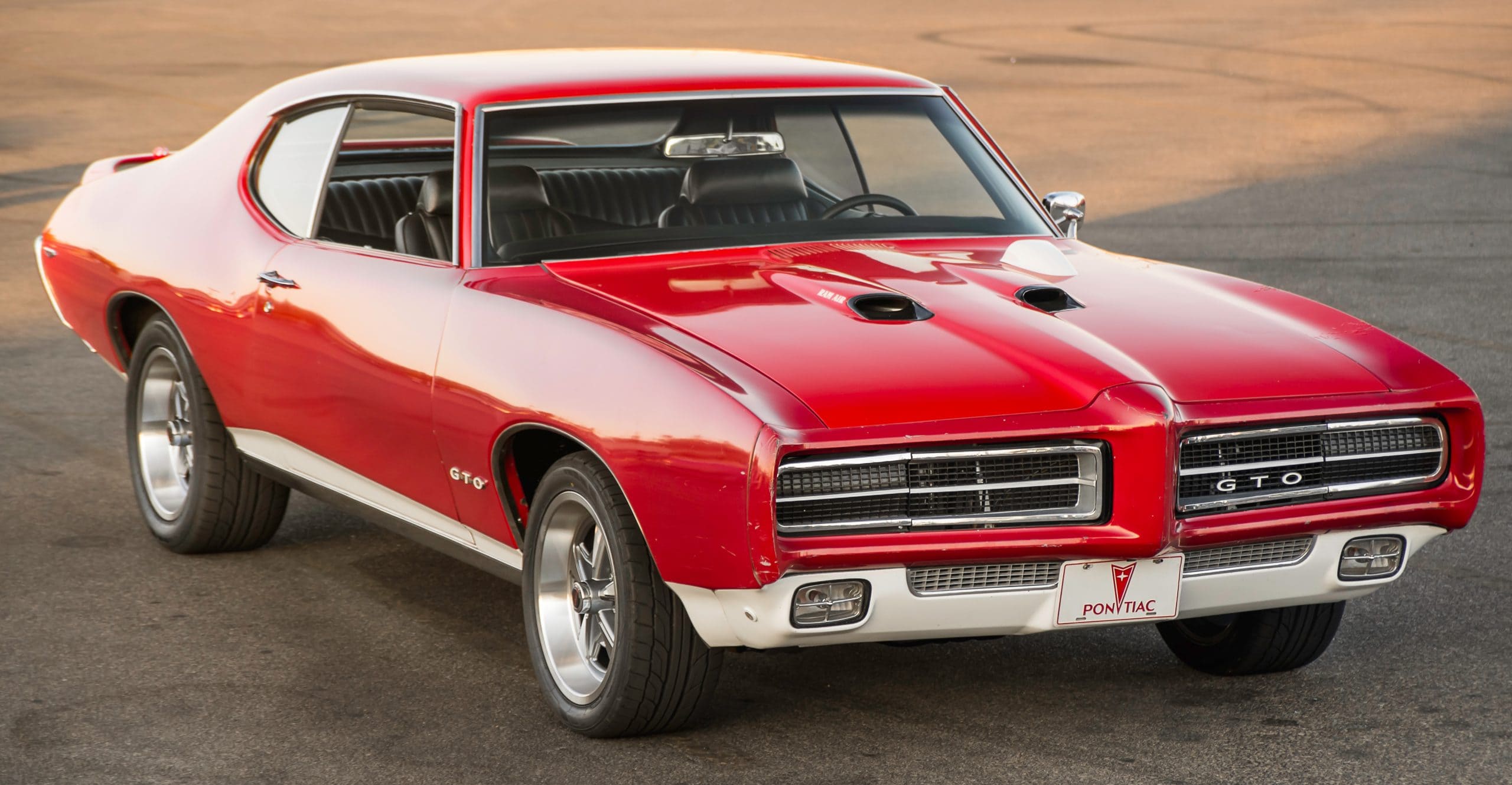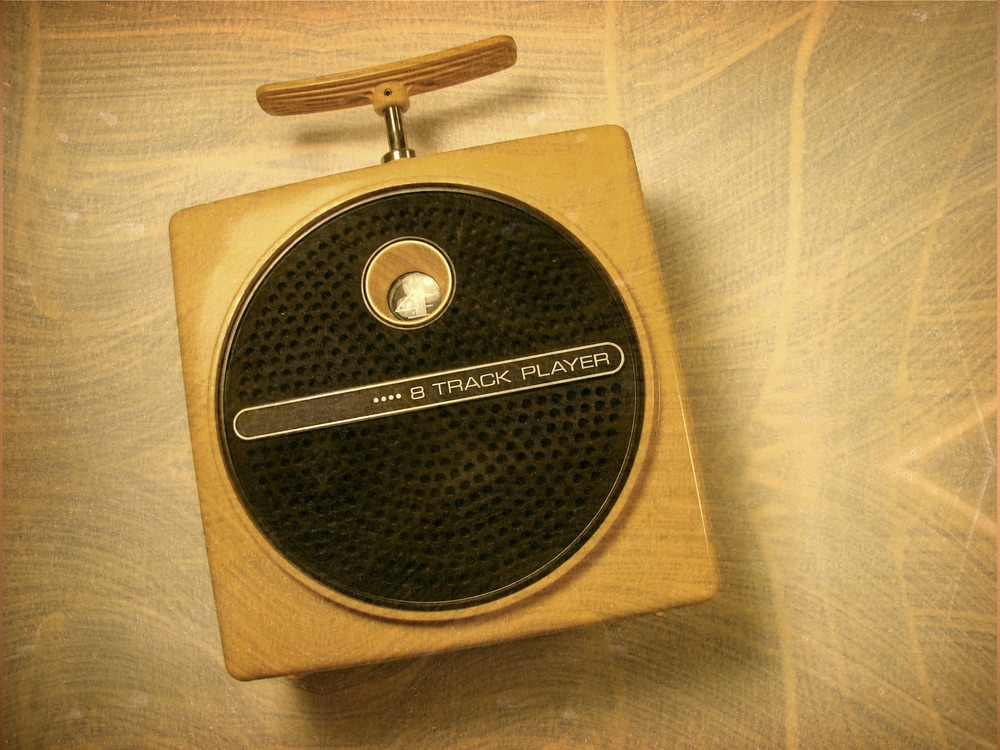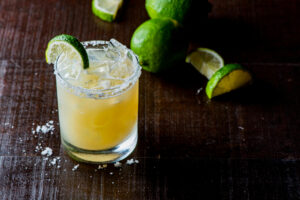Boomer kids may have considered snack food essential fuel, but the 1960 edition of the Merriam-Webster Dictionary classified it as “junk food.” This broad categorization could include candy, cookies, chewing gum, potato chips, ice cream and much more.
Historically, Boomers were far from the first American generation to get hooked on snacks. The Hershey chocolate bar was invented in 1900. At the St. Louis World’s Fair in 1904, cotton candy and waffle cones with ice cream were thrilling 20th Century children. The Oreo cookie was introduced in 1912, Life Savers in 1913, and Tastykakes in 1914. Even the Girl Scouts began selling cookies in 1917.
The Roaring Twenties may have been the Jazz Era, but it was also the era of modern candy, with such product introductions as Baby Ruth, Butterfinger, Milky Way, Oh Henry! and Reese’s Peanut Butter Cups. In the 1930s, along came Fritos, Lay’s, Snickers, Tootsie Pops and Twinkies, arguably the ultimate Boomer junk food. The 1940s spawned such memorable snacks as Almond Joy, Jolly Ranchers, Junior Mints, M&Ms, Whoppers, and Cheetos.
So why are snack foods so closely associated with kids of the 50s and 60s? Not surprisingly, television had a lot to do with it. Television was an ideal promotional vehicle for snack foods. Like cereal, snack foods found their way into children’s television programs. The so-called “boob tube” was also a natural when it came to snacking. What could be better than vegging out in front of the TV while scarfing down chips, popcorn, bite-sized candies, or any other salty or sweet snack?
Snack foods were promoted in myriad other ways during the Boomer era – magazines, newspapers, comic books, radio, billboards and that most potent of all promotions – in grocery, drug and candy stores.
Interestingly, the post-World War II manufacturing boom also contributed to snack foods, not just in terms of food production, but in novel and convenient packaging. This was a time when bags, boxes, tins and other bright, bold food containers were ingeniously designed to have kid appeal. Here are a few of the winners & losers from the book, Boomer Brand Winners & Losers: 156 Best & Worst Brands of the 50s and 60s.
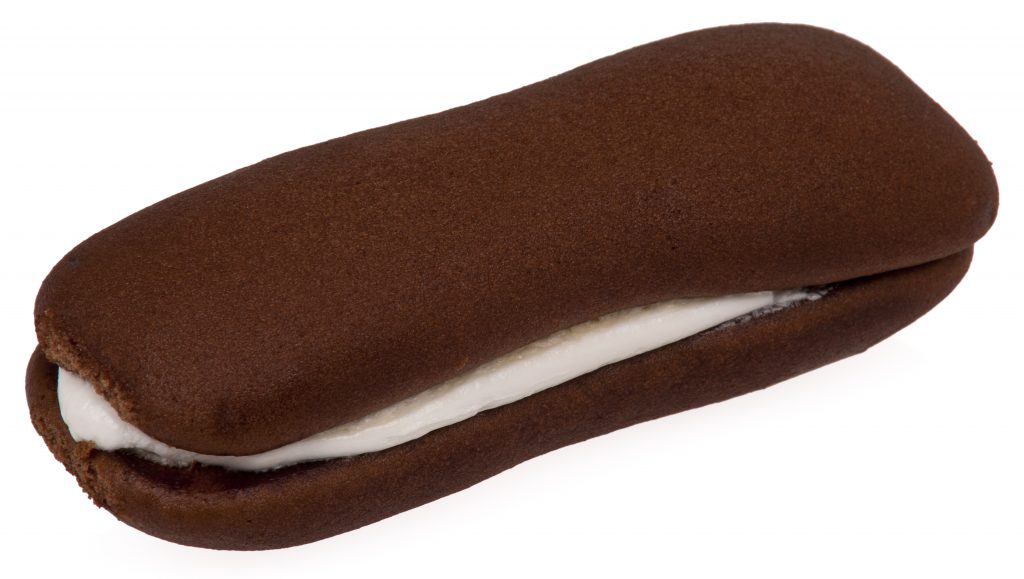
Table of Contents
ToggleDrake’s
Drake’s and Hostess were two bakeries that could each lay claim to the hearts (and stomachs) of Boomer kids. While Hostess was churning out Ho Hos, Ding Dongs, Sno Balls and Twinkies, Drake’s was matching them, cake for cake, with Devil Dogs, Ring Dings, Yankee Doodles, and Yodels. Drake’s was started by New York baker Newman Drake in 1896. Kids may have first come into contact with Drake’s through the now famous “Devil Dog,” introduced to the snack world in 1926 and continuing as a perennial favorite with generations of children, including Boomer kids. “Yankee Doddles” followed in 1928. Drake’s really started pumping out the products we loved in the 50s and 60s; “Ring Dings,” “Funny Bones,” “Yodels,” and “Fruit Doodles” (renamed “Fruit Pies”) made their appearance back then. That cute little duck was on all the packaging. Strangely enough, Drake’s was acquired by Interstate Bakeries, who also owned Hostess, in 1998. But in 2013, Drake’s was again separated from its snack cake rival when it was purchased by McKee Foods. Sweet!
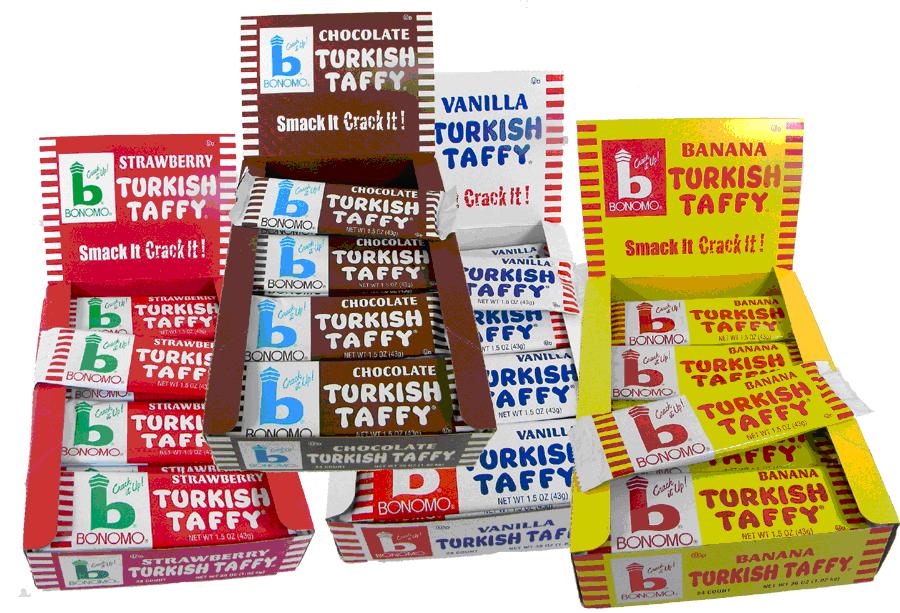
Bonomo Turkish Taffy
It was a hard decision that I had to chew on: Was Bonomo Turkish Taffy a winner or a loser? True, the product has resurfaced today, in its original flavors, as a “retro candy.” Still, Turkish Taffy is one of those candies that was bad for Boomer kids in two ways, both hard and soft: It had to be smacked and cracked into pieces yet it was pliable. Consumed hard or soft, Turkish Taffy wreaked havoc on young teeth, even if kids loved it. Invented in 1912 in New York by Herman Herer, it became known as “Bonomo Turkish Taffy” when the Bonomo family purchased taffy maker M. Schwarz & Sons in 1936. At first, Turkish Taffy was sold in large sheets at Woolworth stores, where sales clerks would break it into pieces with a hammer. In the 1940s, the candy was packaged into bars, first only in vanilla flavor. Chocolate, strawberry, and banana flavors came later. In 1949, Bonomo Turkish Taffy had the dubious distinction of originating “The Magic Clown,” one of the very first children’s television programs tied in so closely with the product sponsor that the clown himself was named Bonomo.
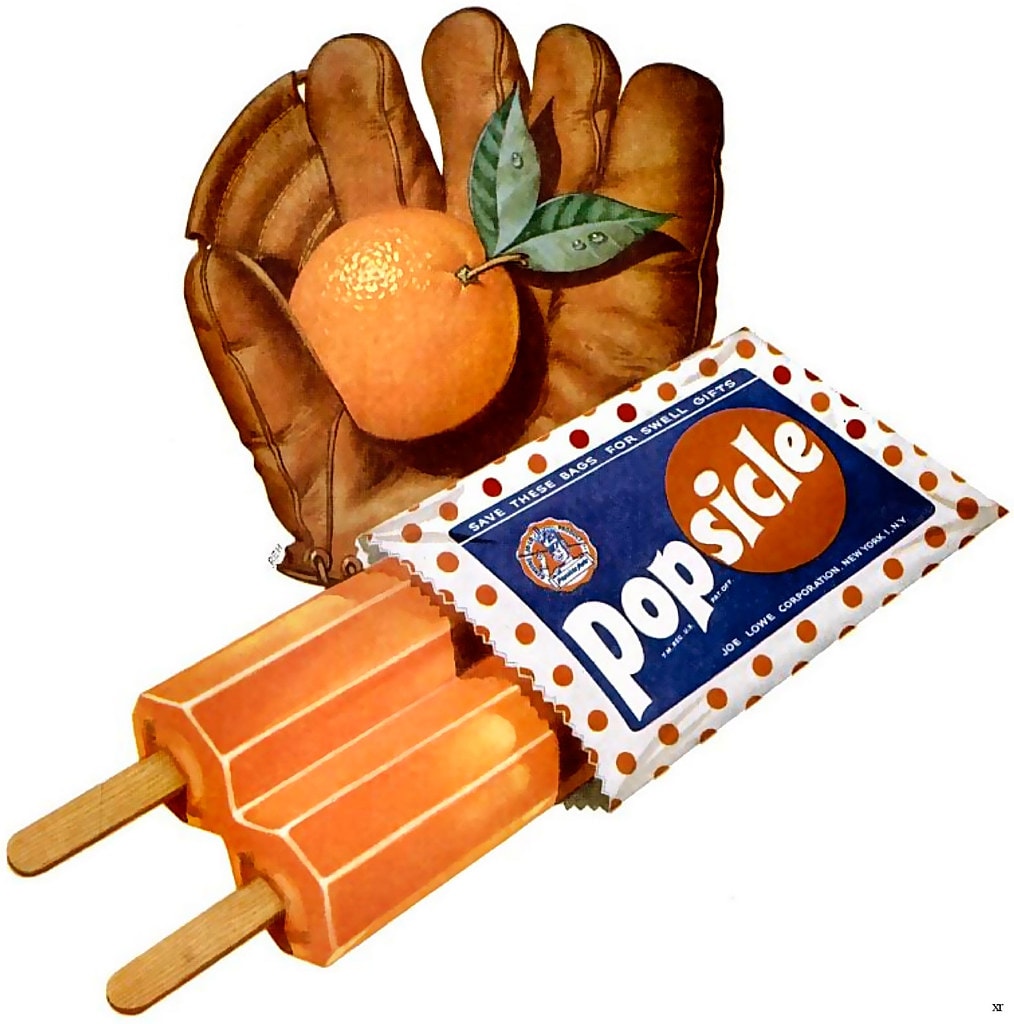
Popsicle
The flavored ice pop Boomer kids came to know and love was created by accident. In 1905, 11-year old Frank Epperson left a cup of soda with a stirring stick in it on the porch. The soda froze overnight, and Frank found what looked like an icicle on a stick the next morning. It inspired him to offer his “Epsicle” to friends at school. Later, his own kids loved it, calling it “Pop’s sicle.” Frank loved the catchy name, so he patented the product in 1923 and began to sell his “frozen drink on a stick.” Soon after Popsicles were made available, Frank’s company was sued by Good Humor, an ice cream company that was already selling frozen ice cream treats on a stick from trucks. The Popsicle Corporation agreed to pay Good Humor a license fee so they could continue to make “frozen suckers” from flavored ice. What goes around comes around – but not for a while. It wasn’t until 1989 that Good Humor bought the rights to Popsicle. All through the 50s and 60s fruit-flavored Popsicles delighted Boomer kids, who loved the sweet refreshing treats.
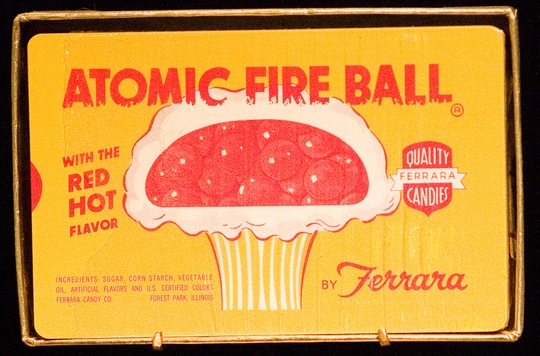
Atomic Fireballs
Return with me to 1954, during the height of the Cold War… just nine years after two atomic bombs were dropped on Japan by the United States, and five years since the Soviet Union exploded the atomic bomb. Boomer kids were practicing “duck and cover” under their school desks. Some folks were building bomb shelters in their backyards. The entire nation had a morbid fascination with the utter destruction that could result from nuclear war. Along came “Atomic Fireballs” to radiate heat. It goes without saying that the name of this red-hot candy was in poor taste, but certainly in keeping with the preoccupation of the day. The taste was said to be cinnamon – but it was another secret ingredient that lit the fire in our young mouths: capsaicin, naturally found in such peppers as chili and jalapeno. The hardness was rock-like – so Atomic Fireballs were fondly called “jawbreakers.” Boomer kids had contests to see how long they could keep this confection in their mouths. Some kids swore by them…I swore at them. Despite being a loser in my book, Atomic Fireballs bewitch kids to this day.


